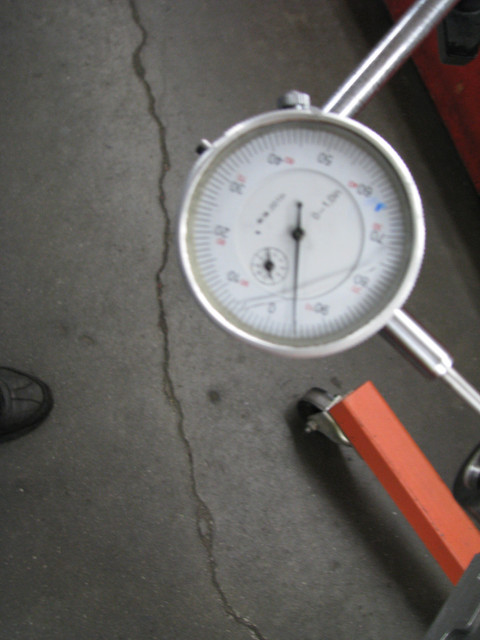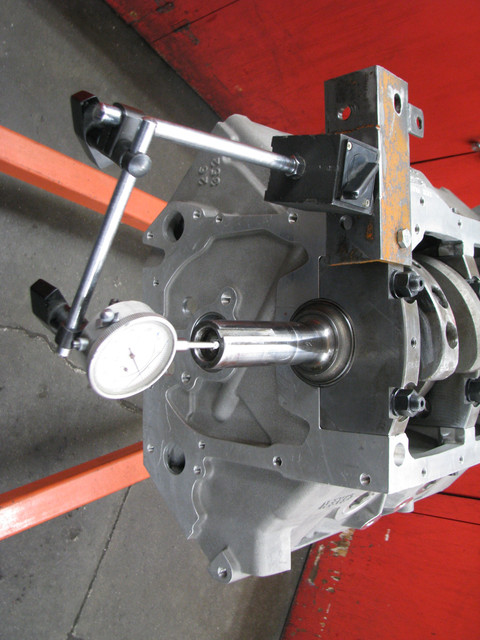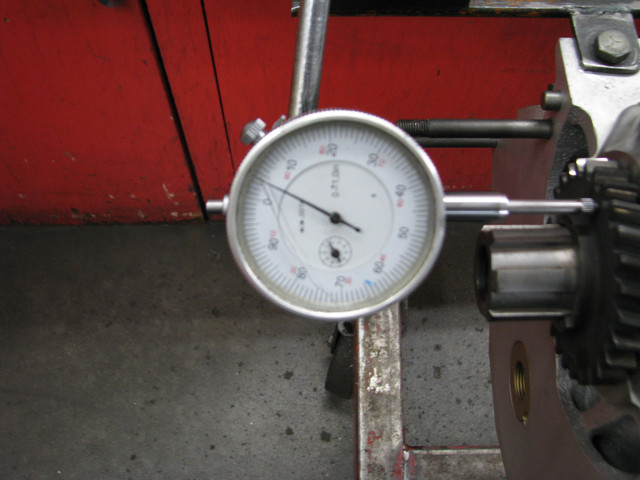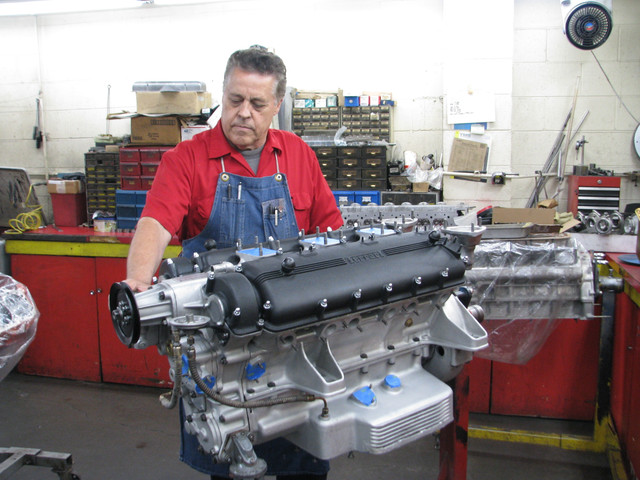- Joined
- Nov 15, 2016
- Messages
- 652
- Reaction score
- 15
- Location
- Australia
- My Car
- 1972 Mustang Coupe 302 Auto RHD
Still waiting on my engine's final autopsy and getting different stories/theories every week
In short I rapidly dropped oil pressure on a fresh 406C stroker resulting in engine noise and a $400 towing bill
Decided to send it to my machinist a couple of long weeks ago and his initial diagnosis after removing a couple of bearing caps was the thrust bearing was wiped out due to the crankshaft being pushed forwards
This led to "a" conclusion it must be my transmission having excessive charge pressure or a misalignment issue which is certainly a possibility but the fact there were no witness marks on the flexplate or convertor I was not convinced
Having excessive pressure in the trans would also cause excessively harsh shifts which was certainly not the case at all
Regardless I took the trans to a local shop and he can't see any evidence of this so far
Get another call from my machinist to say they have removed the crank/pistons etc and after measuring the wear on the thrust, end play and the fact that all the bearings have prematurely failed/worn he no longer blames the trans but thinks the clearances might have been too tight
I told him my oil pressure was consistently 80-85 psi cold, 75-80 hot revving with approx 50 psi hot idle which to me is not excessive for a new engine
I don't remember my exact clearances but checked them with plasti-gauge (I know not perfect!) and they were certainly within spec at about 0.0025-0.0030 mains and 0.0020-0.0025 rods
The crankshaft turned freely even with pistons installed and although plasti-gauge is not ideal even at the tighter side of the above clearances I am far from convinced it was the clearances causing this failure
The oil was always clean even when I stopped the vehicle and wasn't until I got home the dirty oil finally mixed in
Machinist is yet to check oil pump, galleries and cam bearings so could get another story next week
My "theory" is something caused a drop in oil pressure such as a blocked oil gallery or an internal leak such as a slipped cam bearing or oil pump issue which led to the bearing failure and major scuffing in no 4 cylinder with minor scuffing in the rest
Would be interesting to hear from members what oil pressures they have had on a fresh engine especially with new crank, rods etc
Oh and you're welcome to add to the theory list, I could use a laugh right now
In short I rapidly dropped oil pressure on a fresh 406C stroker resulting in engine noise and a $400 towing bill
Decided to send it to my machinist a couple of long weeks ago and his initial diagnosis after removing a couple of bearing caps was the thrust bearing was wiped out due to the crankshaft being pushed forwards
This led to "a" conclusion it must be my transmission having excessive charge pressure or a misalignment issue which is certainly a possibility but the fact there were no witness marks on the flexplate or convertor I was not convinced
Having excessive pressure in the trans would also cause excessively harsh shifts which was certainly not the case at all
Regardless I took the trans to a local shop and he can't see any evidence of this so far
Get another call from my machinist to say they have removed the crank/pistons etc and after measuring the wear on the thrust, end play and the fact that all the bearings have prematurely failed/worn he no longer blames the trans but thinks the clearances might have been too tight
I told him my oil pressure was consistently 80-85 psi cold, 75-80 hot revving with approx 50 psi hot idle which to me is not excessive for a new engine
I don't remember my exact clearances but checked them with plasti-gauge (I know not perfect!) and they were certainly within spec at about 0.0025-0.0030 mains and 0.0020-0.0025 rods
The crankshaft turned freely even with pistons installed and although plasti-gauge is not ideal even at the tighter side of the above clearances I am far from convinced it was the clearances causing this failure
The oil was always clean even when I stopped the vehicle and wasn't until I got home the dirty oil finally mixed in
Machinist is yet to check oil pump, galleries and cam bearings so could get another story next week
My "theory" is something caused a drop in oil pressure such as a blocked oil gallery or an internal leak such as a slipped cam bearing or oil pump issue which led to the bearing failure and major scuffing in no 4 cylinder with minor scuffing in the rest
Would be interesting to hear from members what oil pressures they have had on a fresh engine especially with new crank, rods etc
Oh and you're welcome to add to the theory list, I could use a laugh right now























































